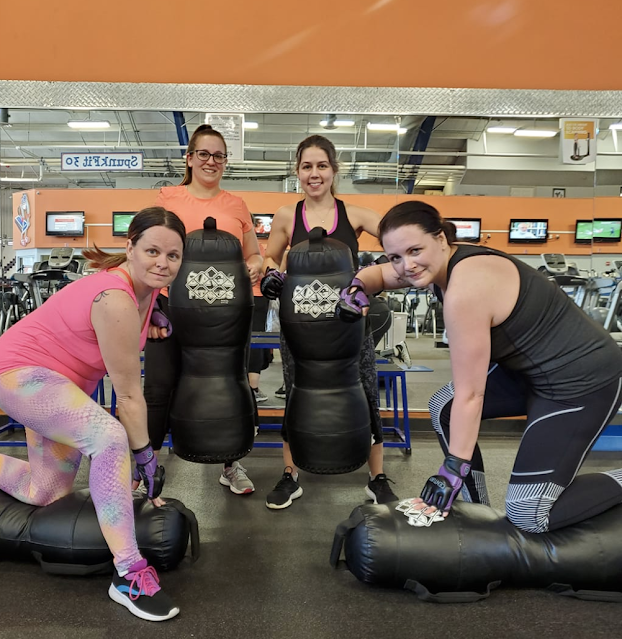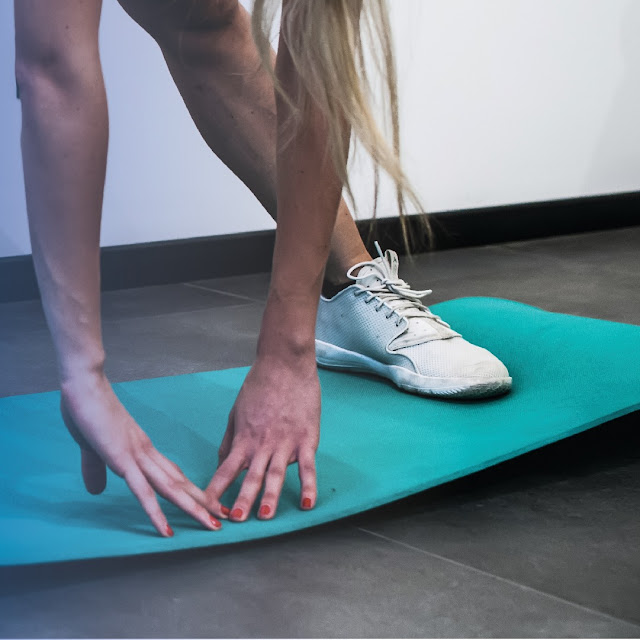The Newbies Guide to Foam Rolling
Foam rolling has been around in the world of physical therapy for a long time, but has recently become a mainstream practice for preventing injuries and aiding muscle recovery. Available at most sporting goods and athletic stores for $10-$40, foam rollers are an affordable and readily-available means of self-therapy, with advantages that more and more athletes are realizing.
So what exactly is foam rolling, and why is it beneficial to incorporate into your daily routine? Foam-rolling is known in the therapy world as “self-myofascial release” (MFR) or simply “self massage.” It’s the practice of applying pressure to specific trigger points to aid in muscle recovery. Trigger points are areas of extreme muscle tightness — sometimes so severe they are referred to as ‘knots.’ These points often radiate pain to a larger area (for instance, a tight IT band causes pain from the hip all the way down into the knee). A number of things can cause trigger points to develop, such as intense workouts, bad technique or form, or poor posture.
The pressure of a foam roller reaches deep into the muscle tissues to break up these areas and relax tightness. Foam rolling helps your body by:
- Working better than stretching alone at releasing especially tight muscles.
- Restoring correct movement of muscles and preventing imbalances and undue stress on any one muscle group, thus reducing the risk of serious injury.
- Relieving painful movements.
- Restoring flexibility, range of motion, and relieving stiffness.
- Loosening muscles in preparation for activity.
- Assisting the recovery process after activity.
Looking at this list, it’s hard to understand why anyone aware of these benefits wouldn’t make foam rolling a part of their routine.
Excuses, Excuses…
One excuse people find for not foam rolling is the fact that it’s usually painful. Shouldn’t something that’s beneficial for your body release pain, and not cause it? Well, yes and no. One of the best comparisons is stretching. We know stretching is good for us, but it isn’t always comfortable. A little bit of discomfort in the moment leads to feeling much better when it’s done. Of course, over-stretching or rolling can also be harmful, so gentleness is key.
Another excuse to avoid foam rolling is that it takes extra time, just like stretching. In actuality, foam rolling only takes 10-15 minutes a day, and can even be done while watching T.V. Not stretching and foam rolling could lead to injuries down the road that take much more time to receive therapy for, so think of them as necessary “preventative maintenance.”
Foam Rolling Technique
Foam rolling improperly can be just as bad as not foam rolling at all. The biggest danger is getting too aggressive with injured muscles, which can further aggravate them and actually slow recovery. If you suspect an injury, let your muscles rest and seek a doctor’s advice about treatment.
The basic technique is to address identified tightness, using your body weight to apply pressure. Roll slowly (no more than one inch per second), and pause when you hit a tight or slightly painful area. Relax as much as possible and “sit” on this spot from 5-30 seconds before moving on. If it’s simply too painful, work on the area around it, which may loosen the tight spot up enough to roll it more comfortably.
Repeat these steps for major trouble spots such as the hamstrings, quads, calves, hip flexors, IT band, glutes, piriformis, obliques, and upper back muscles. Don’t roll joints or bony areas, particularly the lower back and neck (if you have problems in these areas, use a lacrosse or tennis ball, your hands, or schedule a therapeutic massage). Once you’ve rolled an area, you might be sore the next day. Give areas you’ve hit particularly hard at least a 24-hour break before digging into them again.
Foam rolling is a safe and effective self-therapy for people of all ages who want to keep their bodies limber and injury-free to better enjoy the activities they love. If you’ve never tried it, think about adding foam rolling to your fitness lifestyle.




Comments
Post a Comment